-
×
-
×
-
×
-
×
-
×
-
×
-
×
-
×
-
×
Subtotal: £342.60

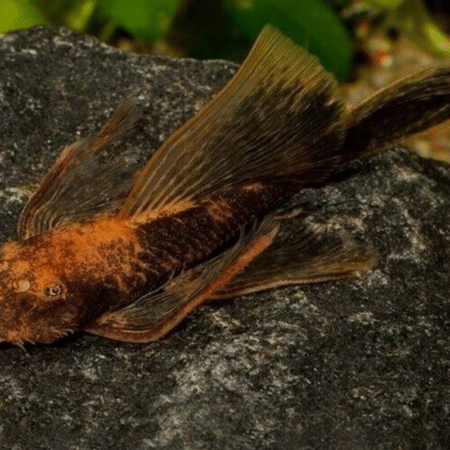



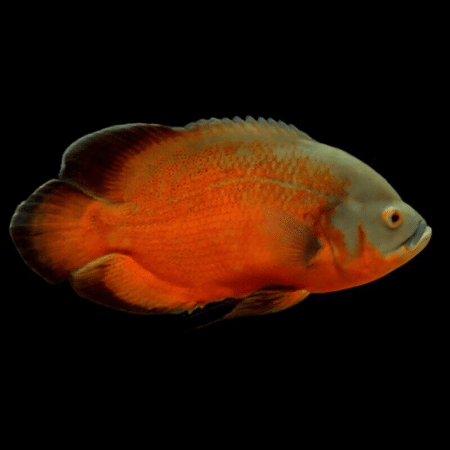


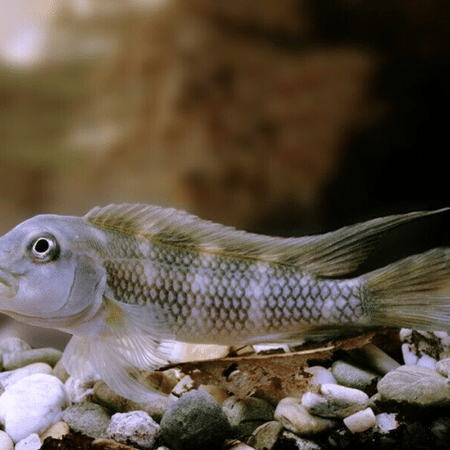
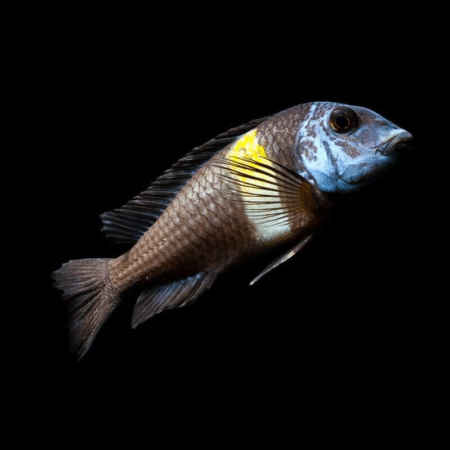



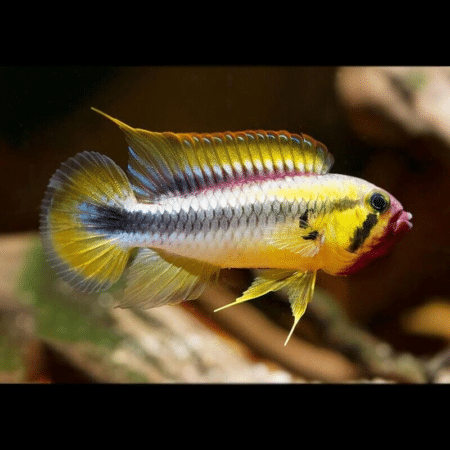

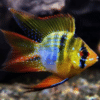









Emily Carter (verified owner) –
I recently added the Apistogramma Sp. Wilhelmi, or Wilhelm’s Dwarf Cichlid, to my aquarium, and I couldn’t be happier! After about three weeks in my 20-gallon tank, this little gem has brought so much life and color into my space. The vibrant blues and yellows are truly mesmerizing, and their playful nature makes them delightful to watch.
I’ve carefully maintained the water conditions, and I can see how happy they are! They thrive in well-planted areas where they feel secure, and I’ve noticed them exhibiting some fascinating behaviors. Compared to other dwarf cichlids I’ve kept, this species is a bit more social and engaging, which I absolutely love.
One thing I’d mention is that they can be a bit territorial, especially during breeding, so it’s essential to provide plenty of hiding spots. That said, I was well-prepared for this and have set up my tank accordingly.
If you’re looking for an aquarium fish that’s both beautiful and entertaining, these cichlids are perfect for intermediate fish keepers who want to elevate their tropical fish collection. I would definitely recommend them to fellow aquarists!
Emily Carter (verified owner) –
I recently added the Apistogramma Sp. Wilhelmi to my aquarium, and I couldn’t be more delighted! These little fish have such vivid colors and charming personalities. I introduced them about three weeks ago, and they quickly adapted to their new home. I have a planted tank with some driftwood, which they seem to love exploring. Their playful nature brings life to my aquarium!
I’ve kept several dwarf cichlids before, but the Wilhelm’s Dwarf Cichlid stands out for its unique beauty and engaging behavior. They’re relatively peaceful, making them perfect for a community tank with other small tropical fish. Just ensure you provide hiding spots and space; they appreciate having their own territory!
The fish arrived healthy and active, and the seller provided excellent care instructions, which I found really helpful. My only minor concern was that they were a bit shy at first, but with time, they became more outgoing.
If you’re a cichlid enthusiast like me, I highly recommend these little beauties! They enrich your aquarium and are a joy to observe. Definitely worth the investment for anyone looking to enhance their tank with rare fish like this!